Viral Hepatitis
Viral hepatitis is liver inflammation caused by various viruses, primarily types A, B, C, D, and E, which can lead to serious conditions like cirrhosis and liver cancer. While some infections resolve on their own, others, particularly B, C, and D, can become chronic and fatal without proper management. Prevention includes vaccination (for A and B), safe sex practices, avoiding contaminated needles and surfaces, maintaining good hygiene, and consuming safe food and water
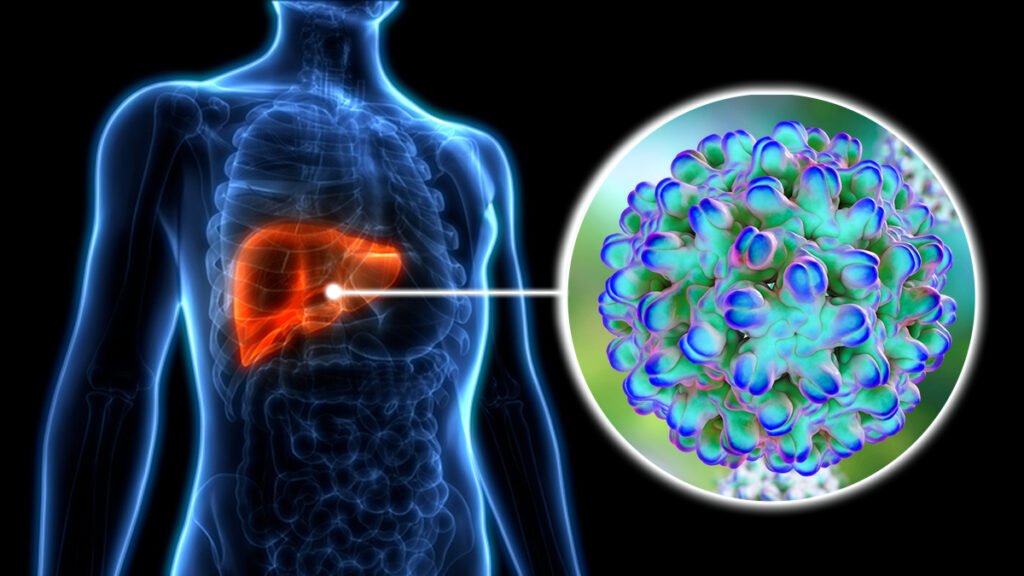
Types of Viral Hepatitis
- Hepatitis A (HAV):Caused by the Hepatitis A virus, spread through contaminated food or water, and usually results in an acute (short-term) illness with no specific treatment. Vaccination is available.
- Hepatitis B (HBV):Transmitted through blood, other body fluids, and from an infected mother to her baby. It can become chronic, leading to liver cancer or cirrhosis. Vaccination is available.
- Hepatitis C (HCV):Spread through blood contact, such as by sharing needles. While no vaccine exists, Hepatitis C can be cured with treatment.
- Hepatitis D (HDV):This virus only infects people who are already infected with hepatitis B.
- Hepatitis E (HEV):Similar to Hepatitis A, it is spread through fecal-oral transmission via contaminated food and water.
There are five viruses that cause the different forms of viral hepatitis: hepatitis A, B, C, D and E. Hepatitis A is mostly a food-borne illness and can be spread through contaminated water and unwashed food. It is the easiest to transmit, especially in children, but is also the least likely to damage the liver and is usually mild and is completely resolved within six months. Hepatitis B can be transmitted through exposure to contaminated blood, needles, syringes or bodily fluids and from mother to baby. It is a chronic disorder and in some cases may lead to long-term liver damage, liver cancer and cirrhosis of the liver after many years of carrying the virus.

Symptoms can vary but may include:
- Fever
- Fatigue
- Nausea and vomiting
- Loss of appetite
- Dark urine
- Yellowing of the skin and eyes (jaundice)
- Stomach pain
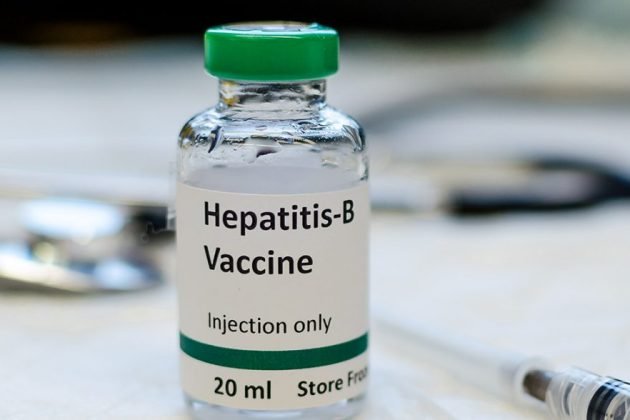
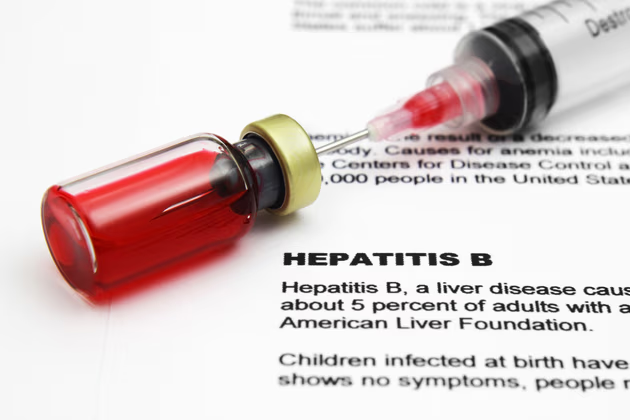
Prevention
- Vaccination: Get vaccinated against Hepatitis A and B.
- Safe Practices: Use protection during sex and avoid sharing needles, toothbrushes, or razors.
- Hygiene: Practice good hand hygiene.
- Food and Water Safety: Cook food properly and avoid unsafe water, especially when traveling.
Hepatitis A (HAV): A short-term infection spread through contaminated food, water, or contact with an infected person’s stool. Good sanitation and a vaccine can prevent it.
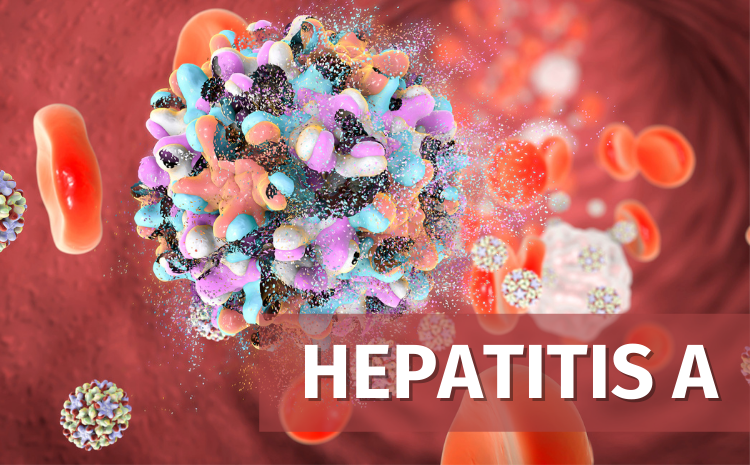
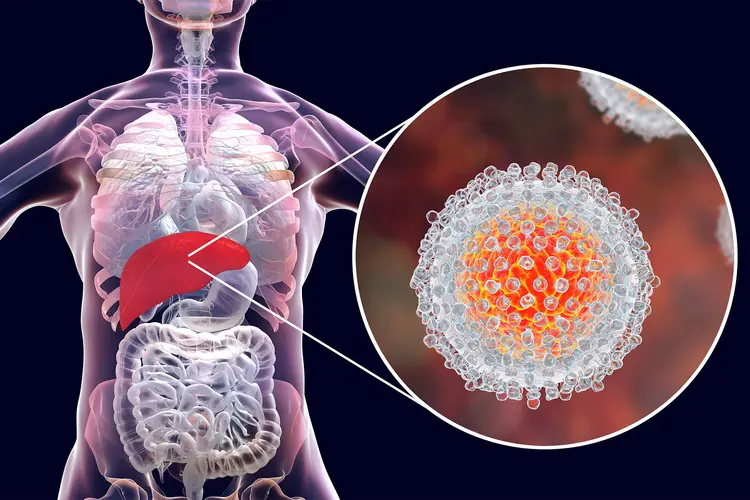
Hepatitis B (HBV): Spread through contact with infected body fluids like blood, semen, and saliva. Many adults recover, but it can become a chronic, lifelong infection in some people, leading to cirrhosis or liver cancer. A safe and effective vaccine is available.
Hepatitis C (HCV): Primarily transmitted through infected blood via methods like sharing needles, unscreened transfusions, or accidents with contaminated sharps. Many people do not have symptoms until significant liver damage has occurred. While there is no vaccine, new antiviral medications can cure most cases.
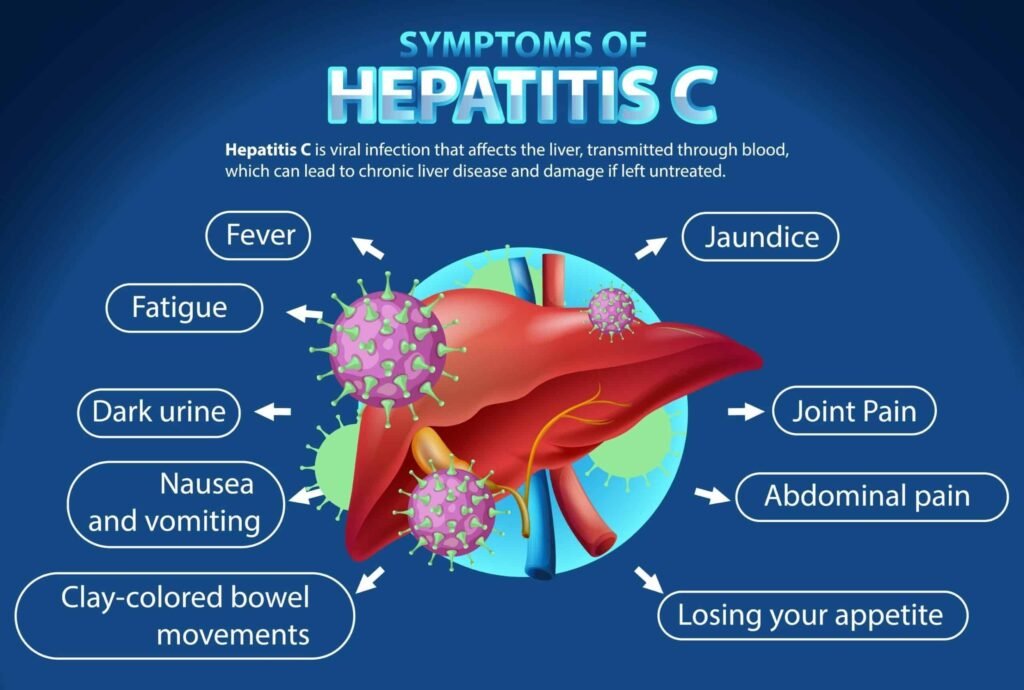

Hepatitis D (HDV): A rare infection that occurs only in people who are already infected with hepatitis B. It is spread through contact with infected blood and can lead to more severe liver disease. The hepatitis B vaccine also prevents hepatitis D.
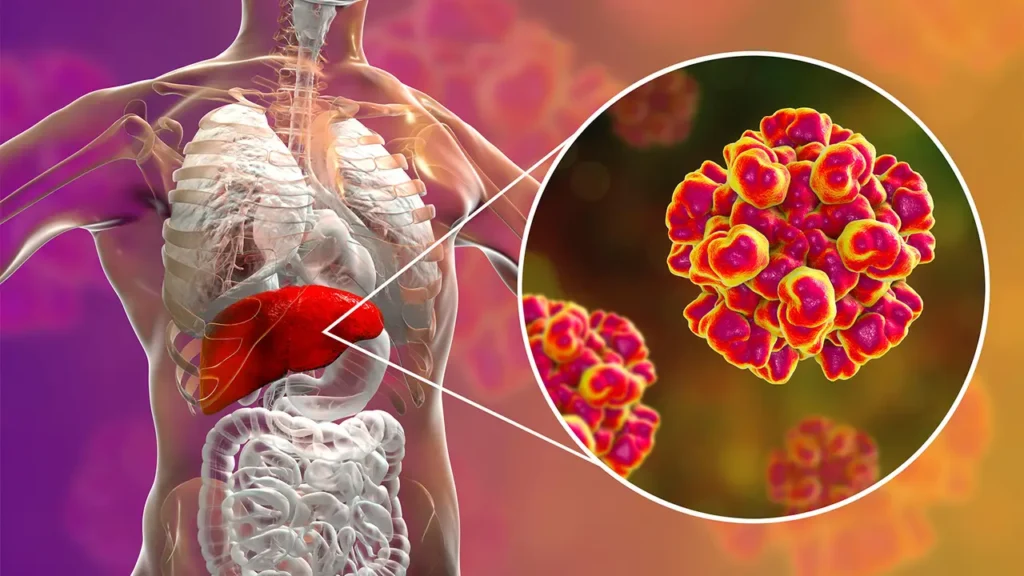
Hepatitis E (HEV): Spread primarily by drinking water contaminated with the virus, making it most common in developing countries. While typically mild and short-lived, it can be especially dangerous for pregnant women.
